Learning how to speak to your cat can strengthen your bond and improve your relationship. While it sounds strange, you can, in a way, learn to understand and talk to your cat.
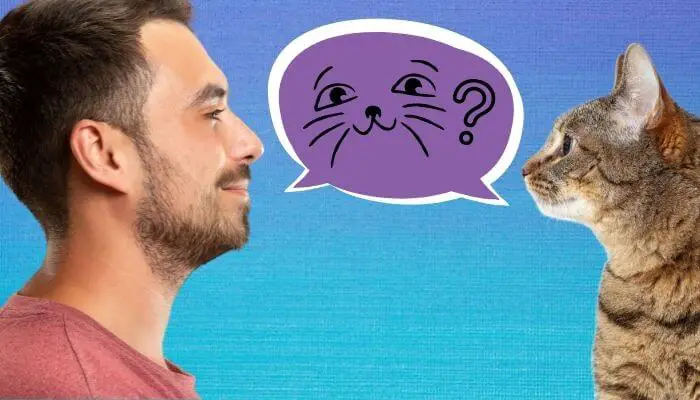
By taking the time to observe and understand your cat and what they are communicating you can better react to them and respond more effectively.
If you want to know more about speaking to your cat The Cat Language Bible is a very useful resource. The book walks you through all aspects of cat communication from body language and posture to facial expressions and vocalisations.
Contents
The 17 cat words:
According to the Vocalising in the House-Cat Study there are 16 cat words that cats use in cat-cat and cat-human communication, these are:
1. Purr
The purr is a soft murmur vocalisation made with the mouth closed. The purr is a sign that the cat is happy and it can often be heard when the cat is eating or when kittens are nursing.
Sound: Soft buzzing sound, like a rolled ‘r’.
2. Greeting
A greeting is also a murmur vocalisation, it is a hummed trill that a cat may make when they walk into a room or when they want attention. This greeting noise is friendly and relaxed.
Sound: Hummed trill
3. Call
The call sound is a murmur pattern made with the mouth closed, it’s a short sound with some emphasis at the beginning.
Sound: Short hum
4. Acknowledgement
This vocalisation is the final soft murmur sound. This is a short, soft sound is like a hum version of a polite nod.
Sound: Soft hum
5. Demand
The demand vocalisation is made when a cat starts with an open mouth and then closes it. The demand meow is one of the most common meows as cat’s often ask for attention, food, to be let out etc. with this sound.
Sound: Short, confident, mid-pitch meow
6. Begging
The begging sound is similar to the demand but the vocalisation is prolonged. Cats will use this when they want something.
Sound: Prolonged meow
7. Bewilderment
This sound is also made starting with an open mouth and ending with a closed mouth. The noise sounds like it is punctuated with a question mark.
Sound: Meow with an inflection at the end as if it is a question
8. Complaint
The complaint vocalisation is prolonged towards the end and the cat will have an open-to-closed mouth. The complaint sounds whiny and the cat is making it pretty clear they are unimpressed.
Sound: Meoowww – whiny, prolonged, and low pitched
9. Mating Cry
This is a mild mating sound that females make to get the attention of males. A female will make this noise when they are in heat.
Sound: yowling, a loud almost shriek-like sound
10. Anger Wail
An anger wail is a sound that is prolonged both in the middle and at the end of the vocalisation.
Sound: Shriek accompanied with aggressive body language
11. Growl
A growl is a loud noise that cat’s make with an open mouth. A growl can also be a hiss, it is something a cat will do before they attack so it’s best to give the cat space.
Sound: Harsh, low-pitched, rasping noise
12. Snarl
The snarl noise is also a strained intensity pattern, similar to the growl. A snarl is more intense and cat’s will have their mouths even wider than they do when growling.
Sound: Intense, low-pitched rasping noise
14. Intense Mating Cry
An intense mating cry is different from the mild mating cry because the cat will have their mouth wide open and will be making a louder sound.
Sound: Caterwaul – a scream-like noise that is very loud
15. Pain Scream
The loud pain scream is made with an open mouth, it is often a frantic distress call.
Sound: loud, urgent and high-pitched
16. Refusal Rasp
This is a cat’s way of very firmly saying no. The rasp is similar to the growl and snarl.
Sound: Harsh, low-pitched and authoritative
17. Spitting
The final sound is spitting, this is an aggressive open mouth vocalisation that sounds like a snake.
Sound: A forceful, aggressive spit accompanied by hissing or growling
These are the basic cat vocalisations and what they usually mean.
The easiest way to translate what your cat is communicating is by listening to the type of sound they are making and observing their body language.
Understanding How Your Cat Is Feeling
Cats may seem aloof and uninterested at times but there are ways you can figure out how your cat is actually feeling. First, pay attention to their vocalisations:
- When a cat meows loudly they often want attention or want you to do something for them.
- When a cat makes short chirping sounds it can mean they are hunting something like a cat toy or they are excited.
- If your cat is purring, they are feeling content and enjoying your company and the play/ strokes/ treats they are getting.
- If your cat is making loud long growls or wails this is a sign there is something wrong, look at your cat’s posture and the situation to help you determine what the problem is.
When listening to your cat’s vocalisations, always take into account their body language too.
Understanding Your Cat’s Body Language
Your cat’s body language will tell you a lot about how they are feeling.
To help you understand, we’ve summarised some of the most common postures and behaviours you may see when at home with your cat:
- If your cat is feeling playful they will crouch, flick their tail, and point their ears forward. This is the perfect time to play with toys and encourage your cat to run around chasing things and having fun.
- If your cat has their fur fluffed up and their ears flattened this is a sign they are feeling threatened or irritated. It is best to give the cat space until they have calmed down otherwise they may attack you. Even if it is not you that has upset them, keep your distance until they are calm.
- When your cat is lying down with their tail still and their ears pointed forward they are relaxed and you can give them attention. However, only stroke your cat if they are happy to be petted, if they move away leave them alone to rest. Even if your cat is relaxed, don’t pet them on their stomach as you may be bitten or scratched.
- When your cat is squinting and closing their eyes it is a sign they are feeling very relaxed.
- When your cat rubs their head against you they are marking their scent on you, allow them to do this as it can help them relax and bond with you.
..you can also check out our chart of cat body language for further information which will help you understand your cat better.
Cat Language Translator Apps
MeowTalk
MeowTalk (Google Play link/App Store link) is a cat translator app that detects when your cat is making a sound and then assigns it into one of nine categories: Happy, Resting, Attack, Defense, Warning, Angry, Mating Call, Mother Call, In Pain, Hunting, Give Me Attention.
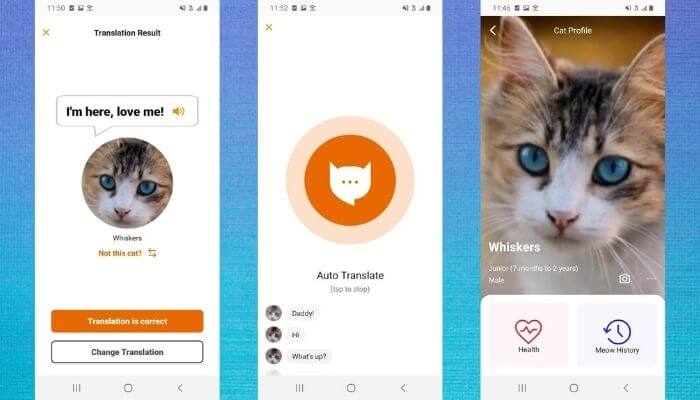
The app will send you an alert and you can hear the recording of the meow along with the assigned meaning (you can also change the meaning if you know your cat is saying something else and this will help the app learn about your cat’s specific meows).
For most users the app is fun, entertaining, and amusing.
It’s not going to be completely accurate but the app is a great way to help cat owners bond with their kitties and enjoy the journey of trying to understand their cat’s meows better.
MeowTalk is the most popular and most widely used cat language translator app.
On the App Store, MeowTalk has received over 17,000 ratings and is rated 4.6/5 stars so it’s safe to say users are enjoying this app.
How do I say I love you to my cat?
There are a few easy ways you can tell your cat you love them. The first is by slow blinking.
If your cat is looking at you and closing their eyes or slowly blinking they are letting you know they completely trust you.
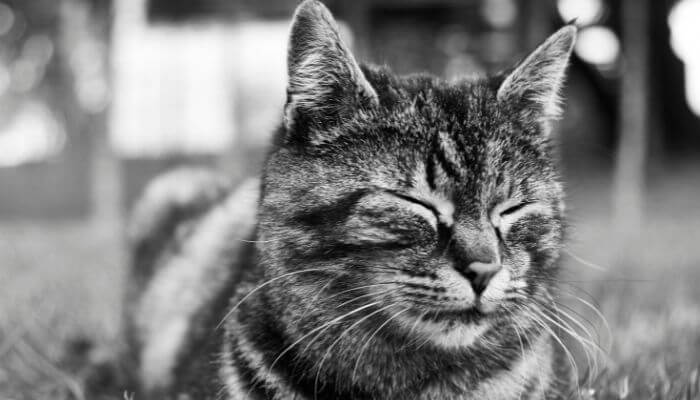
You can mimic this back to them to let them know that you trust them too.
You can also do a half-nod at the same time, in the same sort of way you might nod as a greeting to a friend.
Remember that many of the things you do each day will let your cat know you love them too, for example, petting them where they like to be pet, playing their favourite games with them, and spending quality time together.
How do you say hello in cat language?
A cat will use a simple “meow” to say hello to a human.
They will probably look at you and slow blink or squint their eyes and their tail will be upward in a relaxed position.
The cat may also approach you and rub their head and neck against you to put their scent on you.
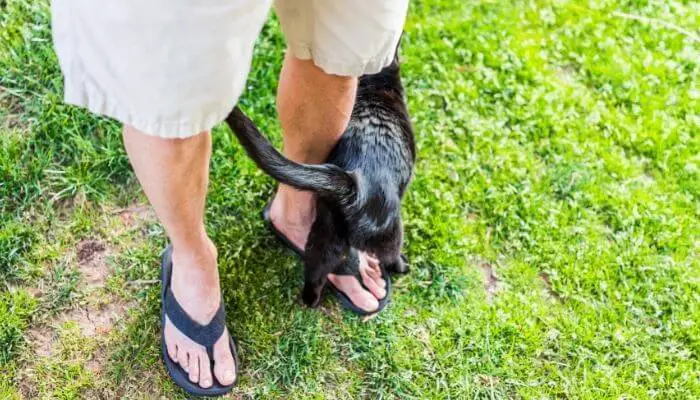
If you want to say hello to your cat, you can look at them, talk to them gently and slow blink.
If you want to go over and greet them then approach them calmly while speaking softly. Crouch down when you are just over an arm’s length away and offer out your hand for your cat to sniff it. If your cat is receptive you can stroke them and give them attention.

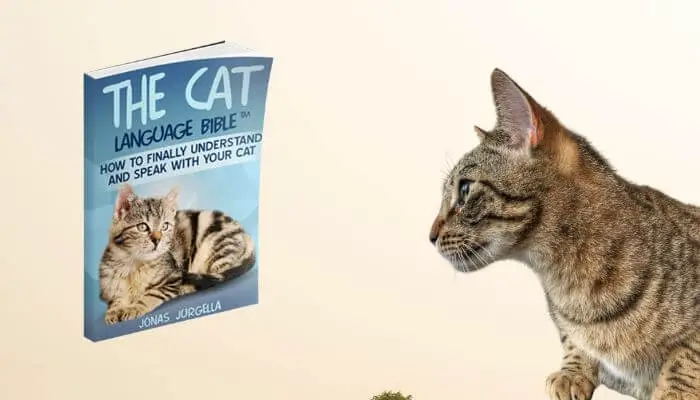
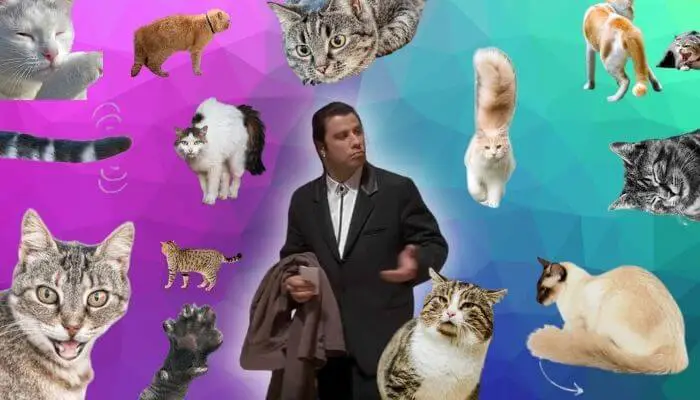
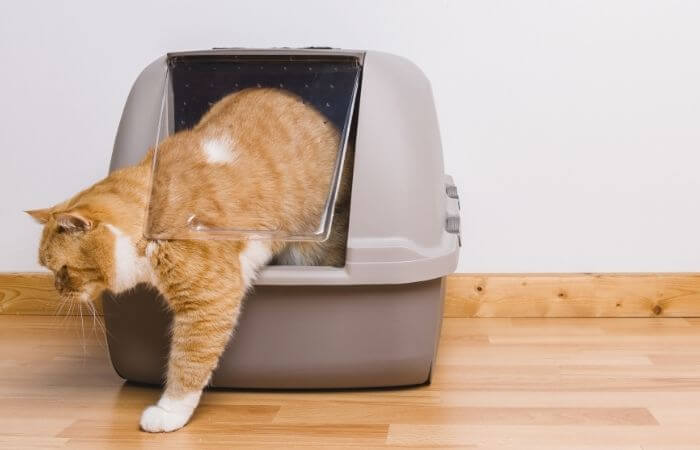
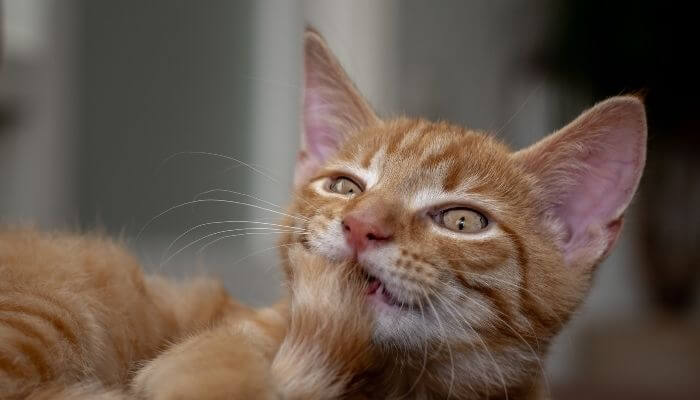
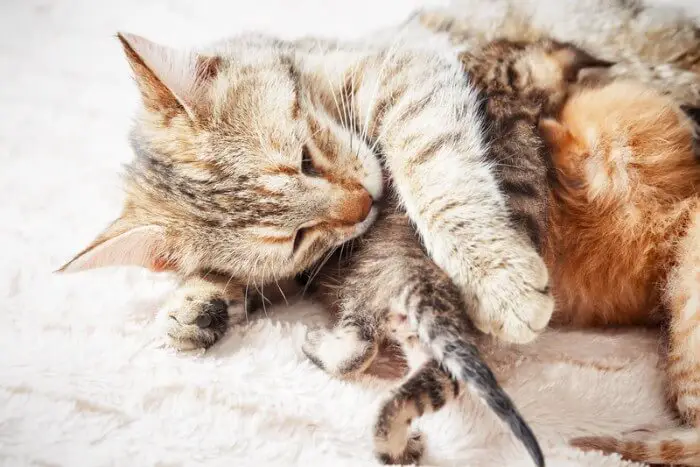
Leave a Comment